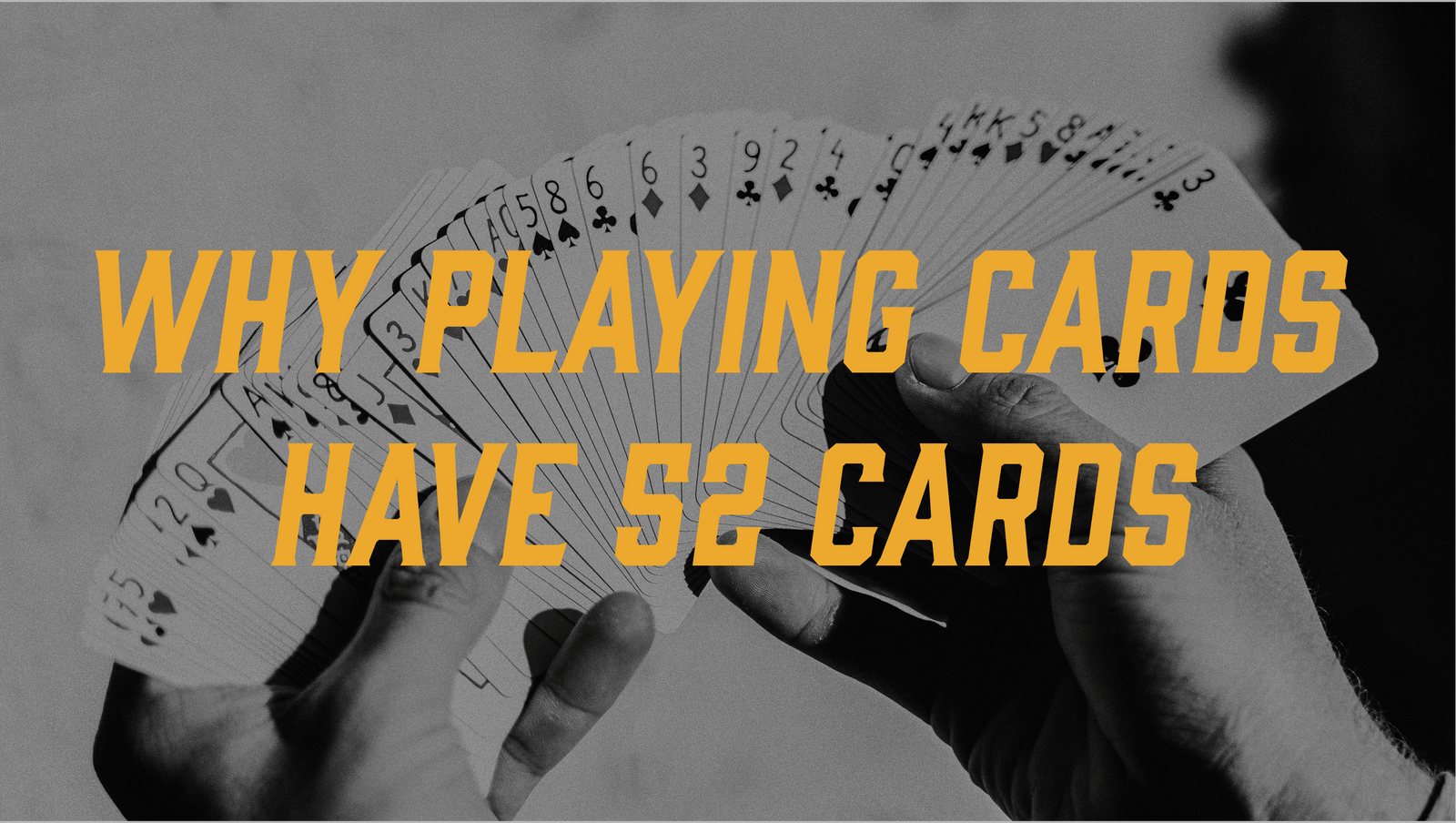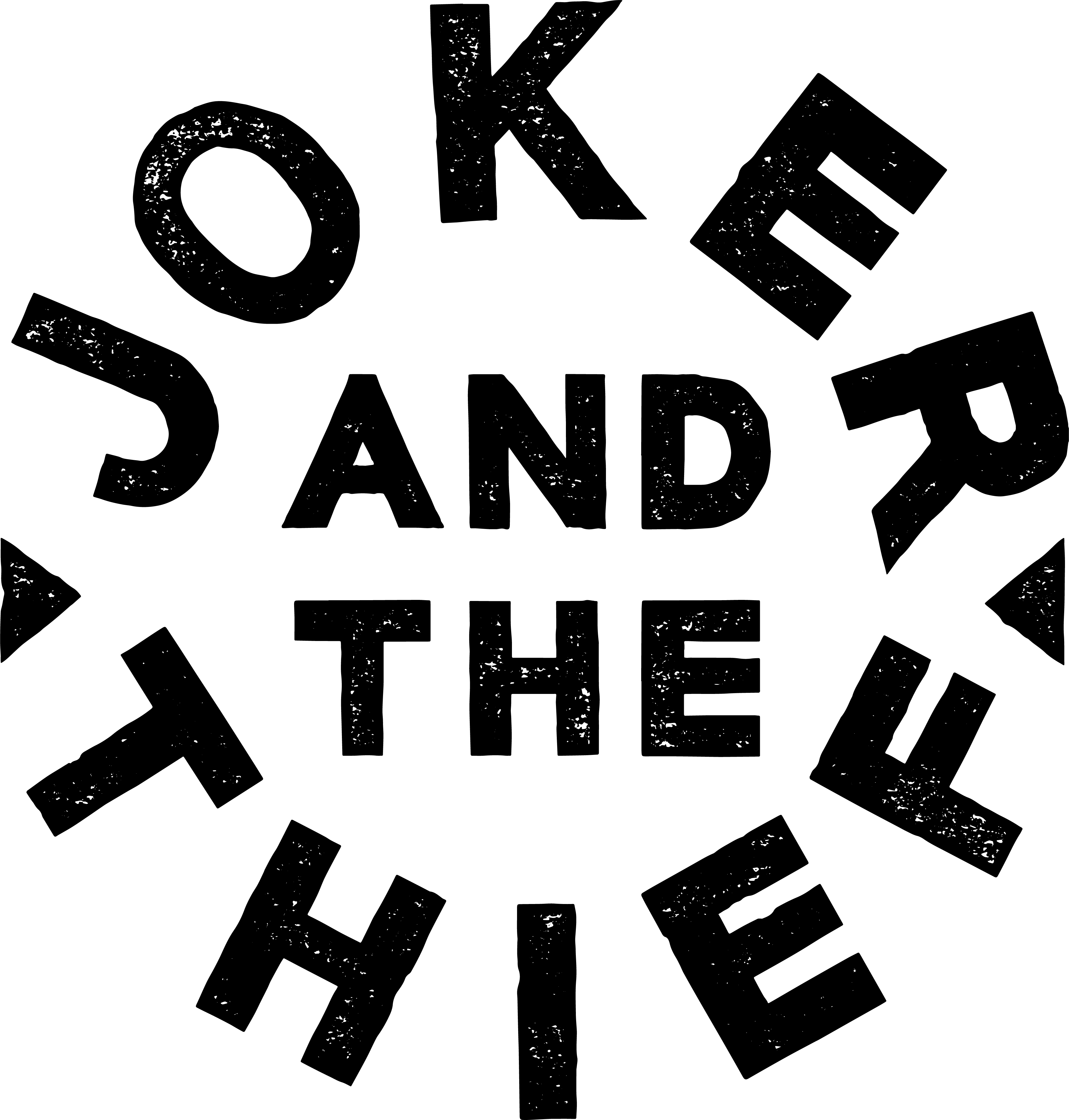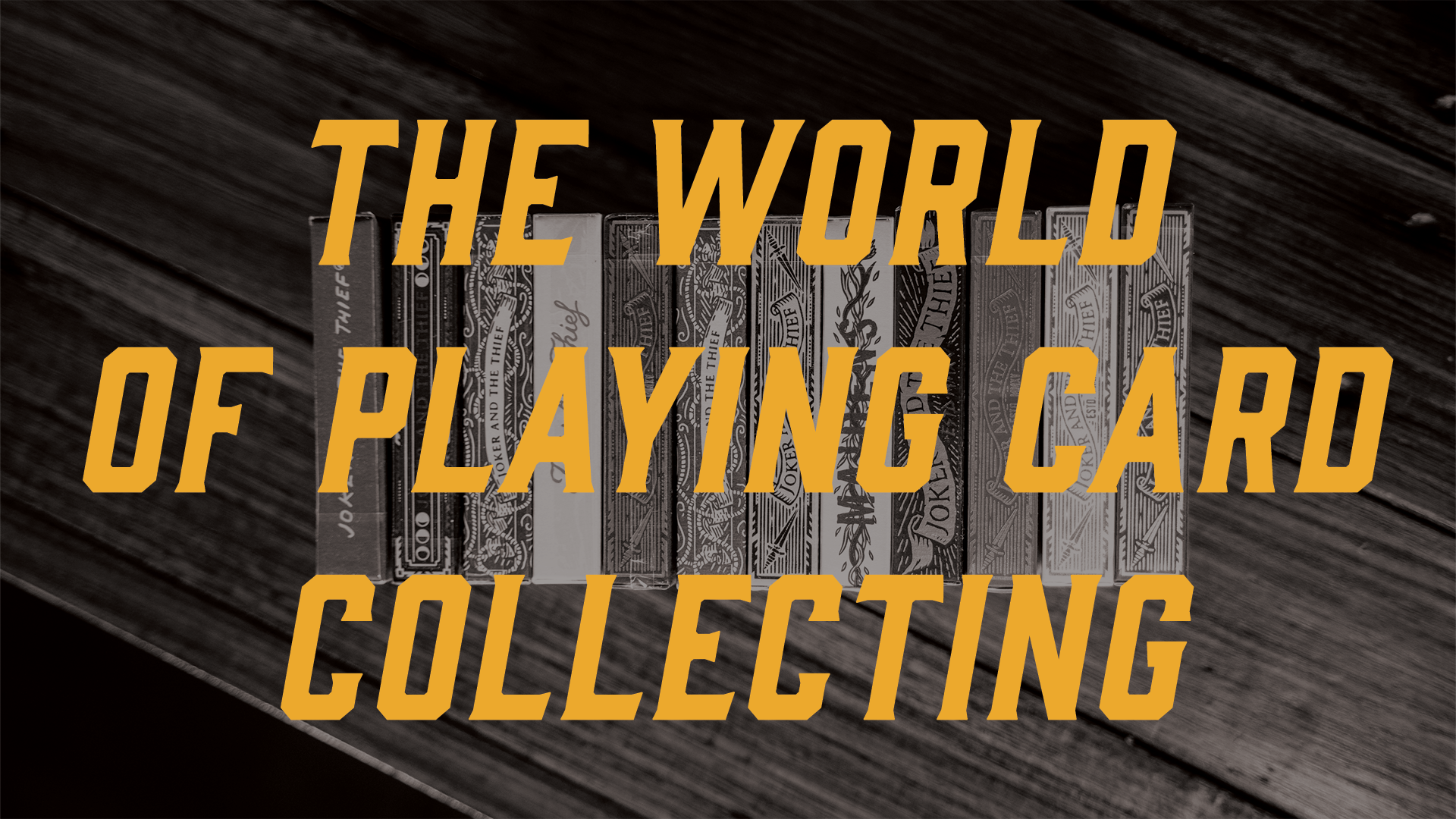Why Do Playing Cards Have 52 Cards?

Playing cards are fascinating objects that have been a part of human culture for centuries. Whether used for games, fortune-telling, or simply as collectibles, playing cards hold a special place in our hearts.
But the question is: Why do playing cards have 52 cards?

Well, without wasting any time, let’s uncover the intriguing reasons behind this number and how it relates to weeks, seasons, and numbers.
The Special Theory: 52 Cards for Time

The most common theory explaining the presence of 52 cards in a deck is tied to the passage of time. Imagine a year – it's divided into 52 weeks. This idea forms the foundation of the 52-card deck. The four suits, each represented by a distinct color – hearts, diamonds, clubs, and spades – symbolize the four seasons. Within each suit, there are 13 cards, mirroring the 13 weeks in each season. When you multiply four suits by 13 cards, you get 52, perfectly aligning with the number of weeks in a year.
Exploring the Reasons

Let's delve deeper into this clever concept. Each season – spring, summer, fall, and winter – is linked to a particular suit. Hearts, the symbol of affection, represent spring's blossoming love. Diamonds, associated with wealth, embody the warmth of summer. Clubs, often resembling clover leaves, signify the growth and change of fall. Lastly, spades, with their sharp edges, relate to the coolness and challenges of winter. The 13 cards in each suit elegantly correspond to the number of weeks in a season, creating a harmonious connection between time and cards.
Where It All Began
The origins of the 52-card deck theory can be traced back to various cultures and places. Playing cards have a rich history that spans continents. China, India, and Europe each contributed to the development of playing cards as we know them today. Over time, these different card systems evolved, and the 52-card deck emerged as a standardized version. This evolution was influenced by cultural exchanges, societal shifts, and a desire for uniformity in gameplay.
Smart Design: How It Helps

The clever design of the 52-card deck goes beyond its symbolic significance. The standardized deck size enhances gameplay in several ways. The uniformity of the deck allows for efficient card production and manufacturing. Whether you're playing a game of poker in Las Vegas or a friendly round of Bridge in Beijing, the familiarity of the 52-card deck ensures a consistent and enjoyable experience. This standardization has played a significant role in bringing people together across cultures and borders through the medium of card games.
Math and the Idea
While the symbolism of the 52-card deck is captivating, there's also a mathematical underpinning to this concept. The relationship between 52, 4 (suits), and 13 (cards in a suit) is not coincidental. Probability and chance are fundamental aspects of card games. Understanding the mathematics behind the deck's composition adds another layer of appreciation for the cleverness of its design. The synergy between the mathematical structure and the symbolism makes the 52-card deck a remarkable feat of human ingenuity.
Not Always the Same: Other Ideas

While the 52-card deck is the most prevalent, there are variations and exceptions that challenge the norm. Some card games and cultures have adopted different deck sizes and card counts.
For instance, Tarot cards, which have their own unique symbolism and purposes, deviate from the standard 52-card deck. Exploring these variations provides insight into the diverse ways cards have been used and interpreted throughout history.
The Bottomline
The enigmatic number of 52 in a standard deck of playing cards holds a wealth of meaning. From its clever representation of time through weeks and seasons to its mathematical foundation and cultural significance, the 52-card deck is a testament to human creativity and ingenuity.
As you hold a deck of cards in your hands, take a moment to appreciate the thought and history that went into its design. The 52-card deck is more than just a set of cards; it's a timeless symbol of our connection to each other and the rhythms of the world around us.
Now that you know the possible reasons behind why do playing cards have 52 cards, use it on others and feel like a card genius!
Feel like getting your first deck of cards? Shop our collection of luxury poker playing cards.









Leave a comment